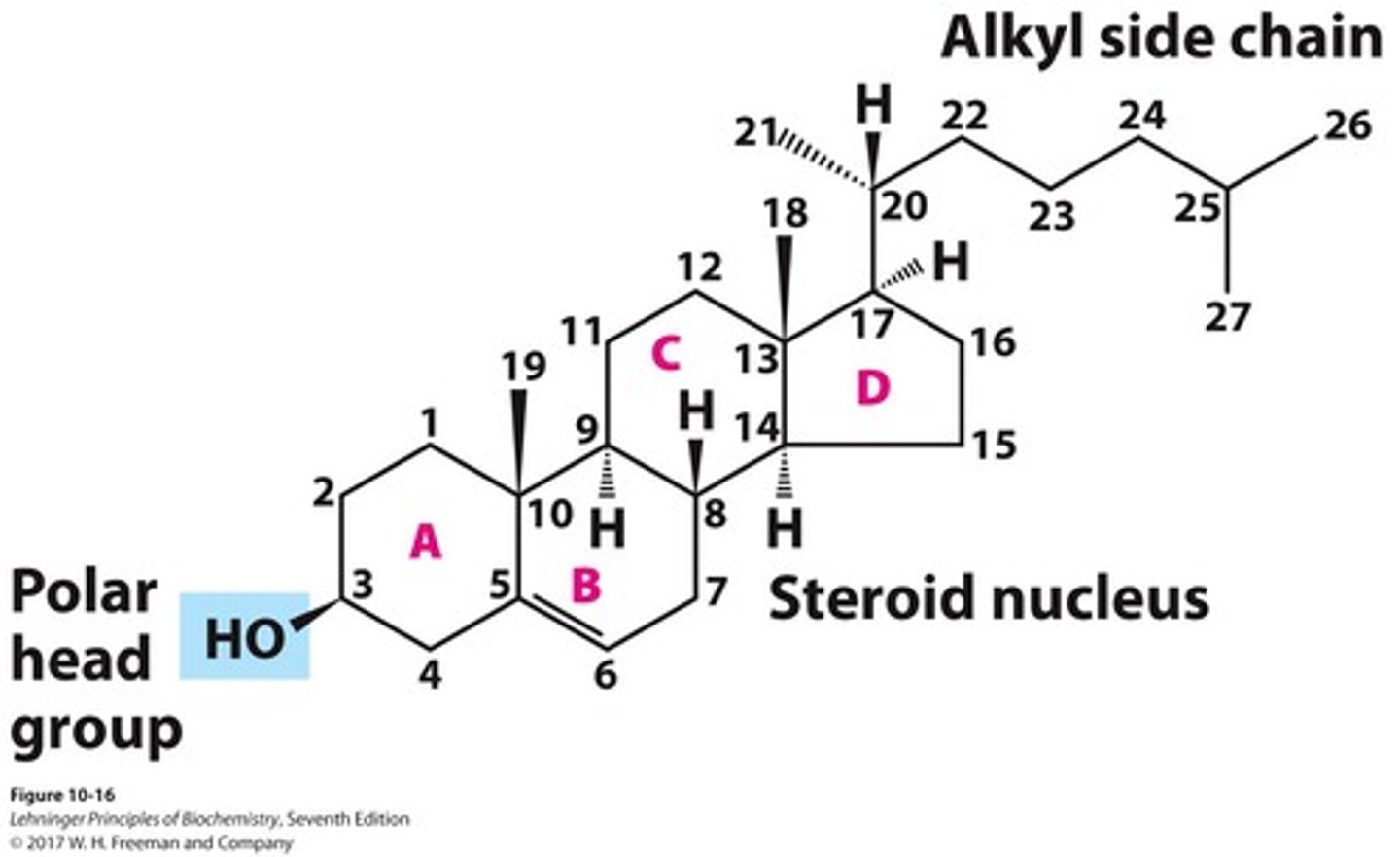life at cellular level
1/31
There's no tags or description
Looks like no tags are added yet.
Name | Mastery | Learn | Test | Matching | Spaced |
|---|
No study sessions yet.
32 Terms
nucleus
contains cell DNA
nucleoli
sites of ribosomal RNA synthesis and ribosomal assembly
nuclear membrane/envelope
encloses nucleus
phospholipid bilayer
endoplasmic reticulum
membrane bound
rough and smooth varieties
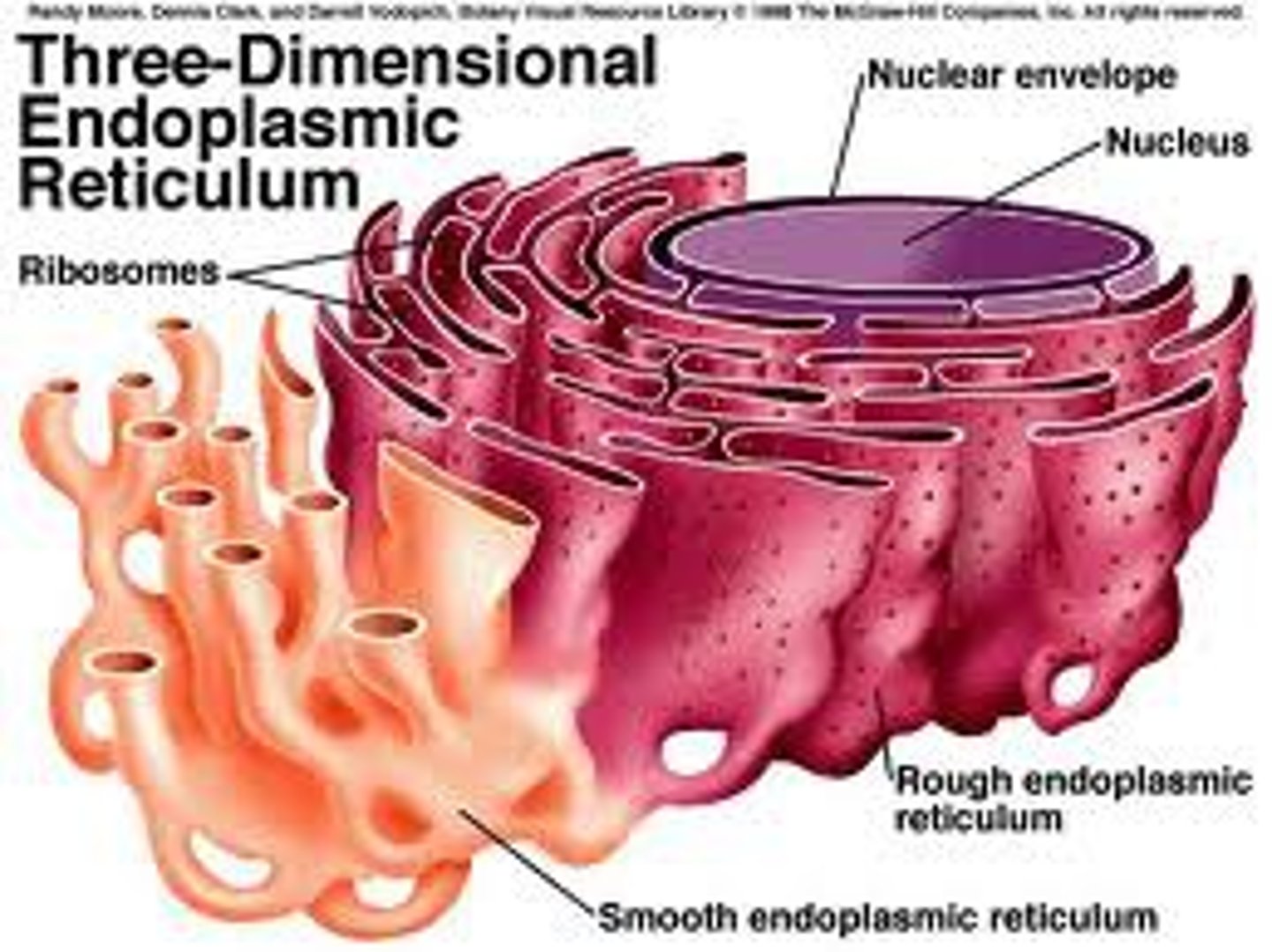
RER
has ribosomes attached
modifies proteins
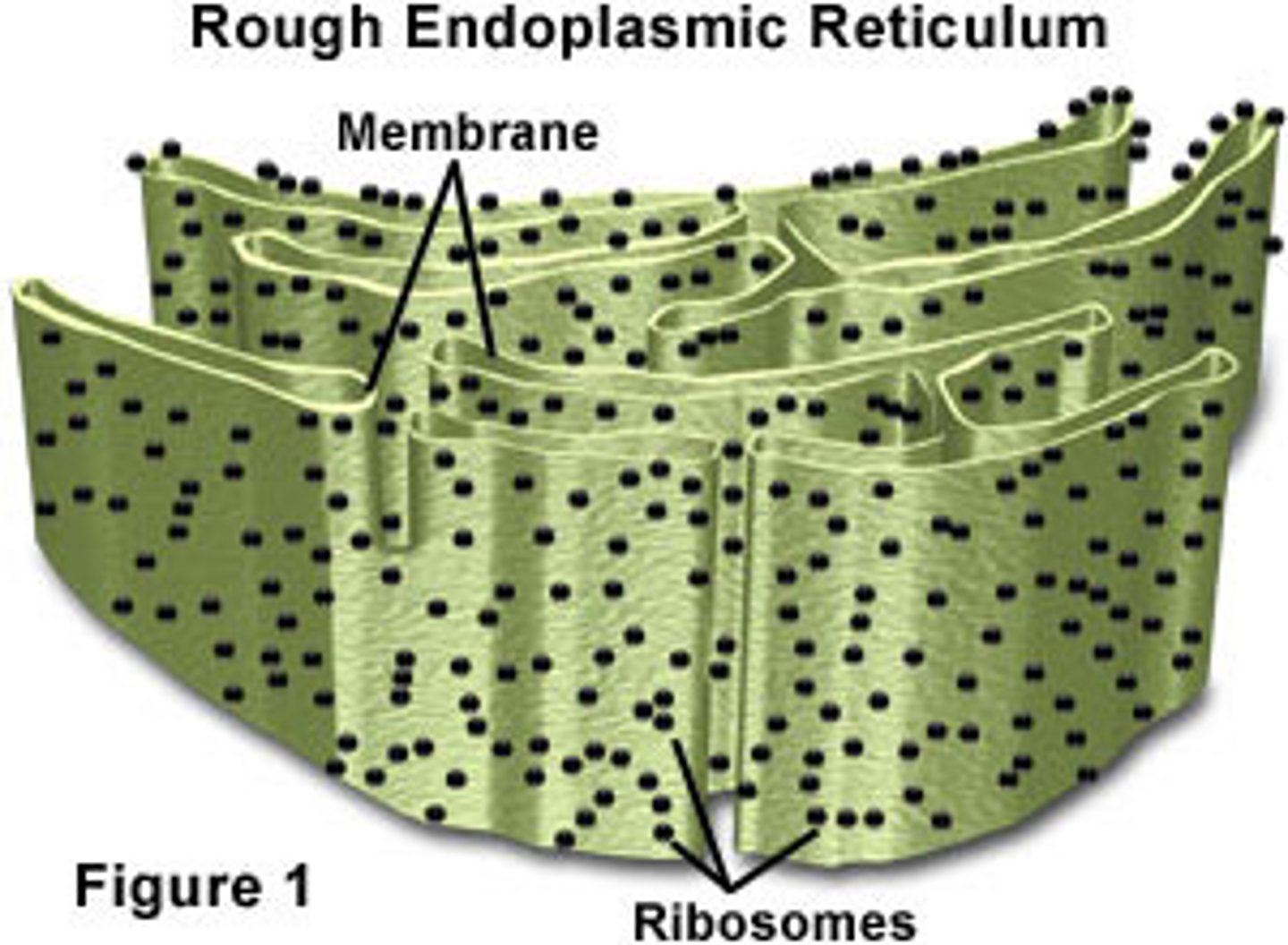
SER
lipid and steroid hormone production and metabolism of toxins
ribosome
synthesise proteins
golgi apparatus
packages up protein in preparation for transport out of the cell
lysosome
bound vesicles containing enzymes
enzymes are degradative
digest biological materials or engulfed particles
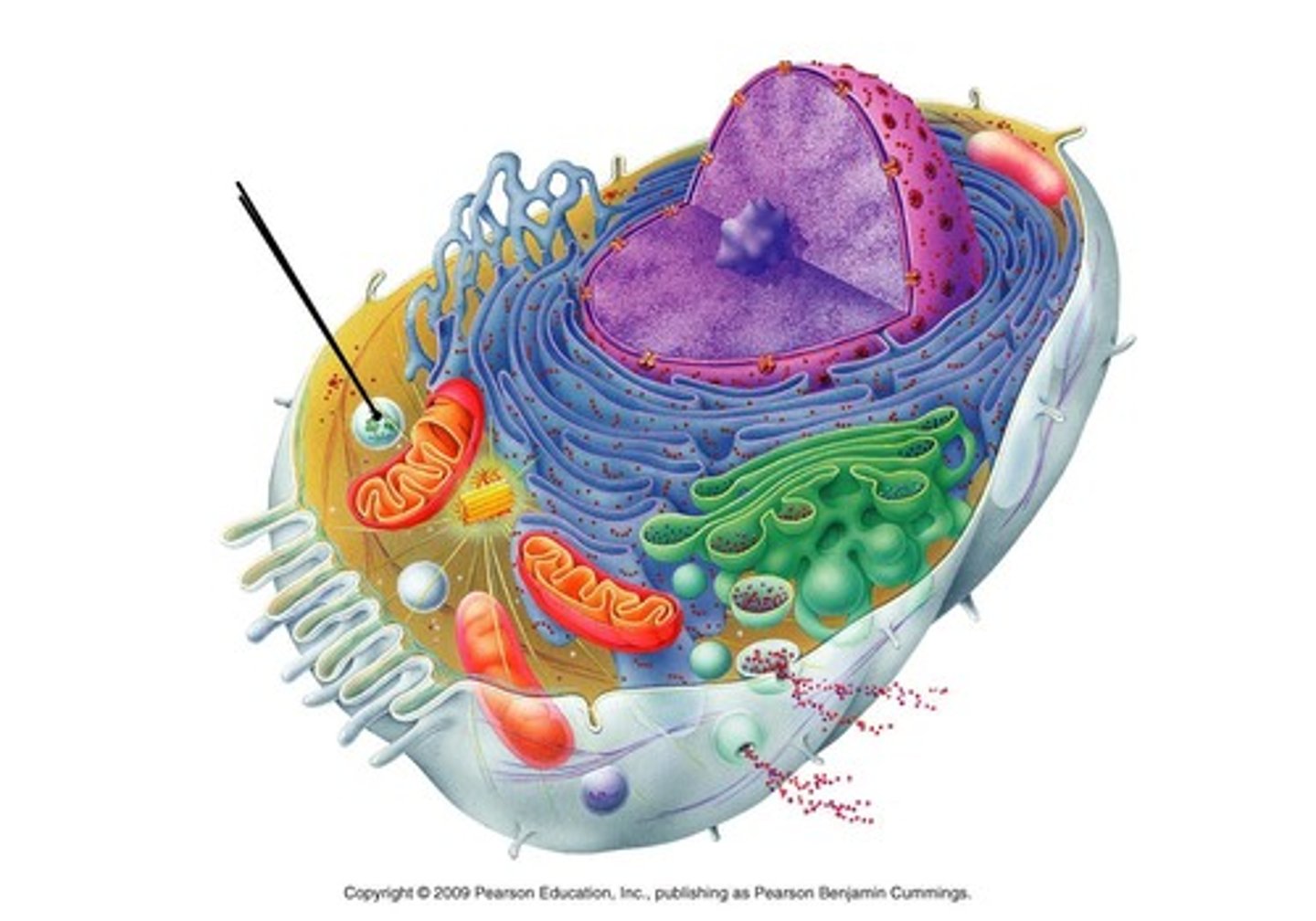
peroxisome
bound vesicles containing enzymes
enzymes degrade long chain fatty acids and other foreign toxic molecules (eg H2O2)
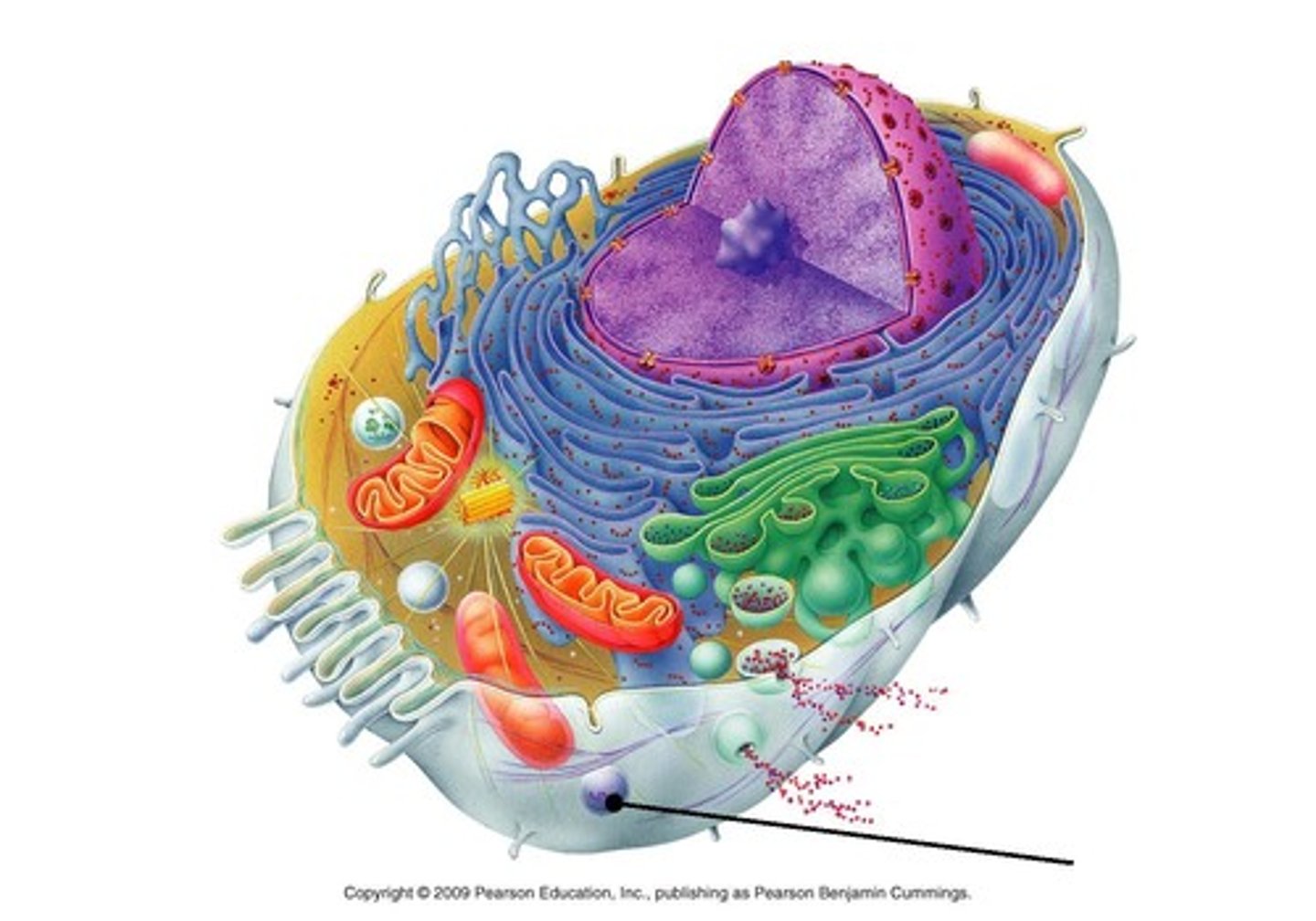
mitochondrion
bound by phospholipid bilayer
matrix contains most of enzymes for metabolising food
have their own ribosomes, synthesise most of their own proteins
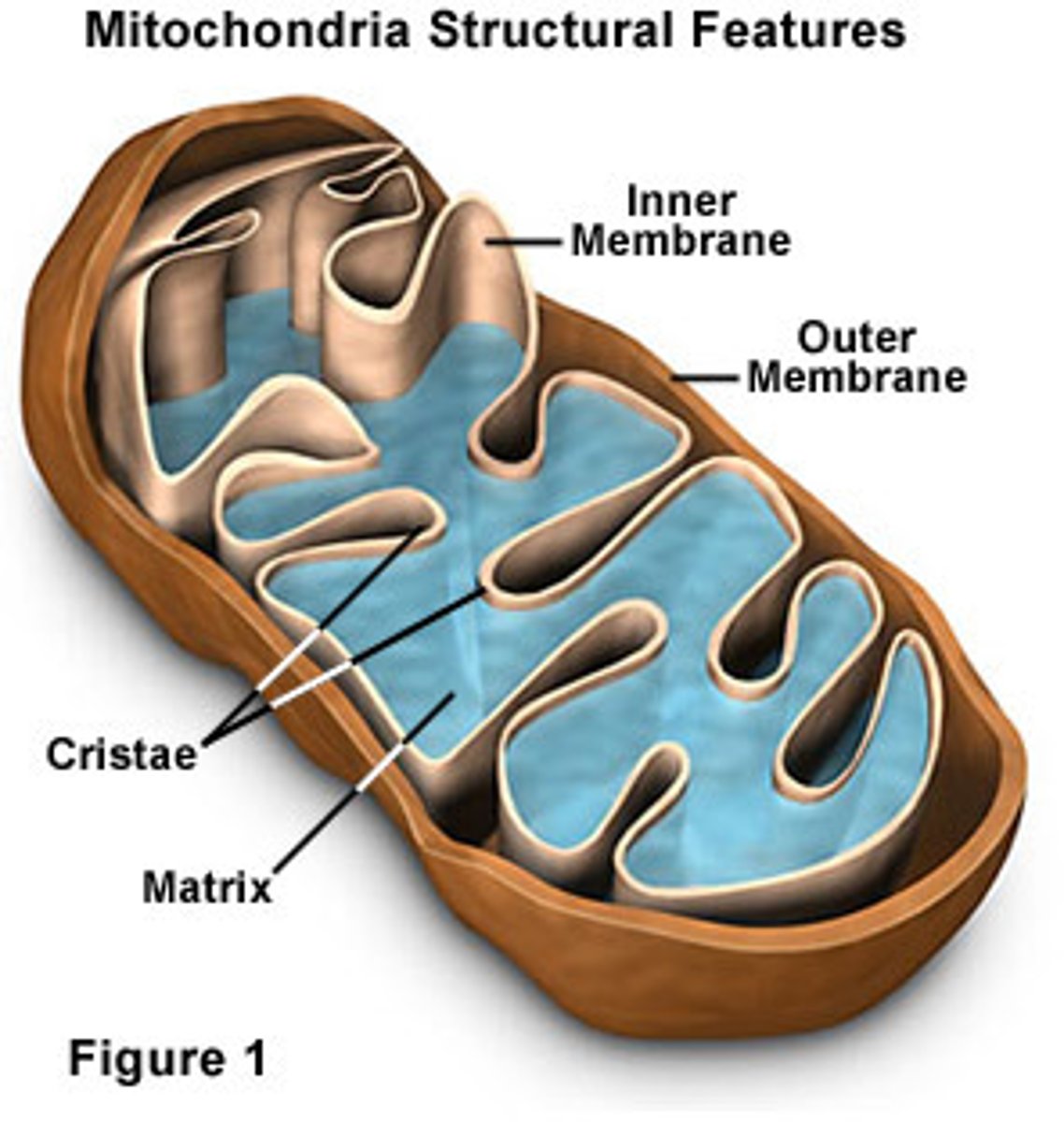
flagellum
surface projection supported by cytoskeleton
longer than cilium
cilium
surface projection supported by cytoskeleton
short
eukaryotic plasma membrane (cell membrane)
double layer of lipid with attached phosphate groups
phospholipid bilayer
selective barrier
proteins are receptors of chemical messengers
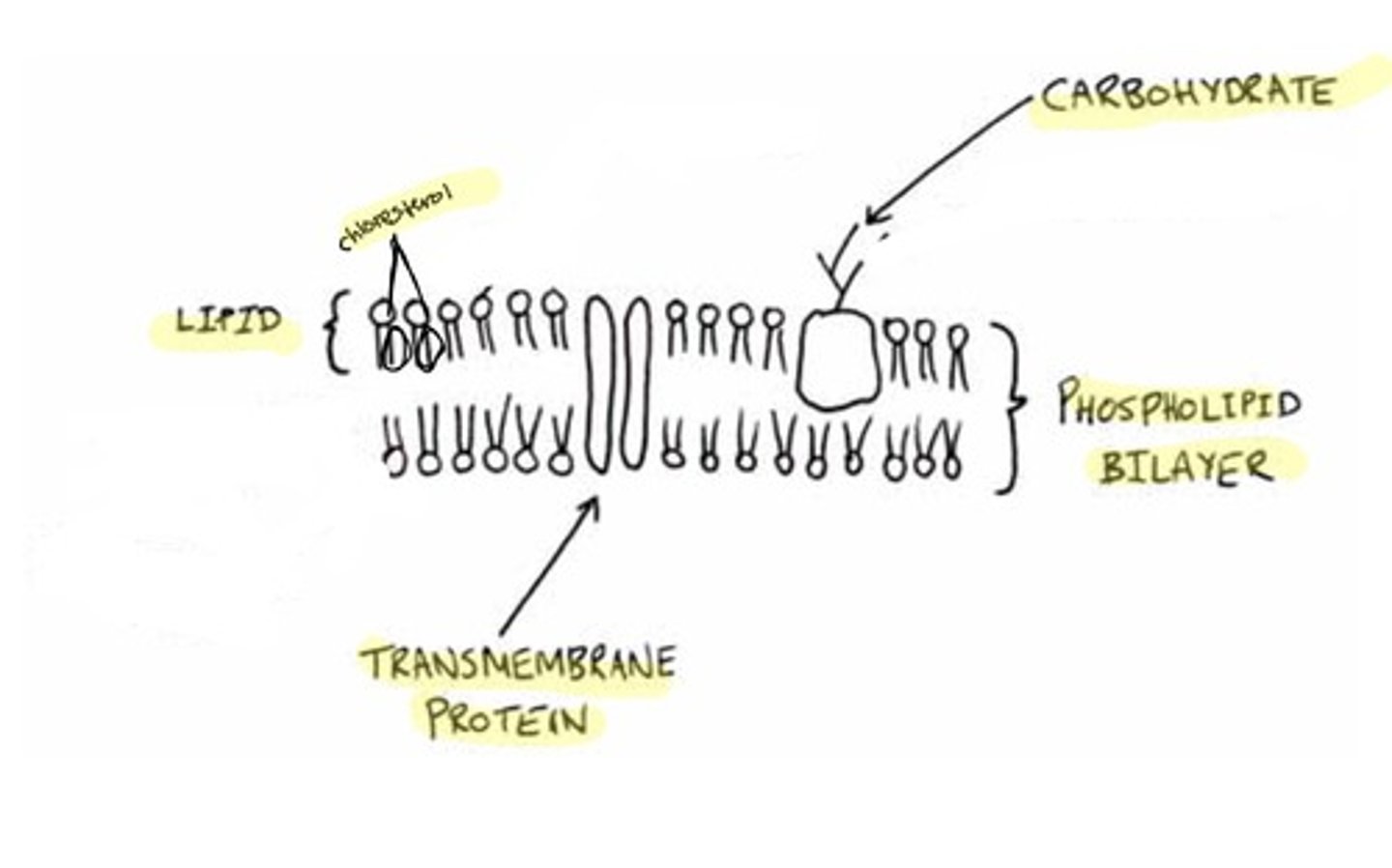
cytoskeleton
cell shape
internal cell order
intracellular transport
movement
assembly of cells into tissues
stem cell
cells that can differentiate into many or any cell types in the body
stem cells are
multipotent and pluripotent
cell differentiation
division of stem cells into identical daughter cells then different cell types depending on gene expression and local cellular environment
apoptosis (essential for normal function)
controlled programmed cell death
membranes bleb
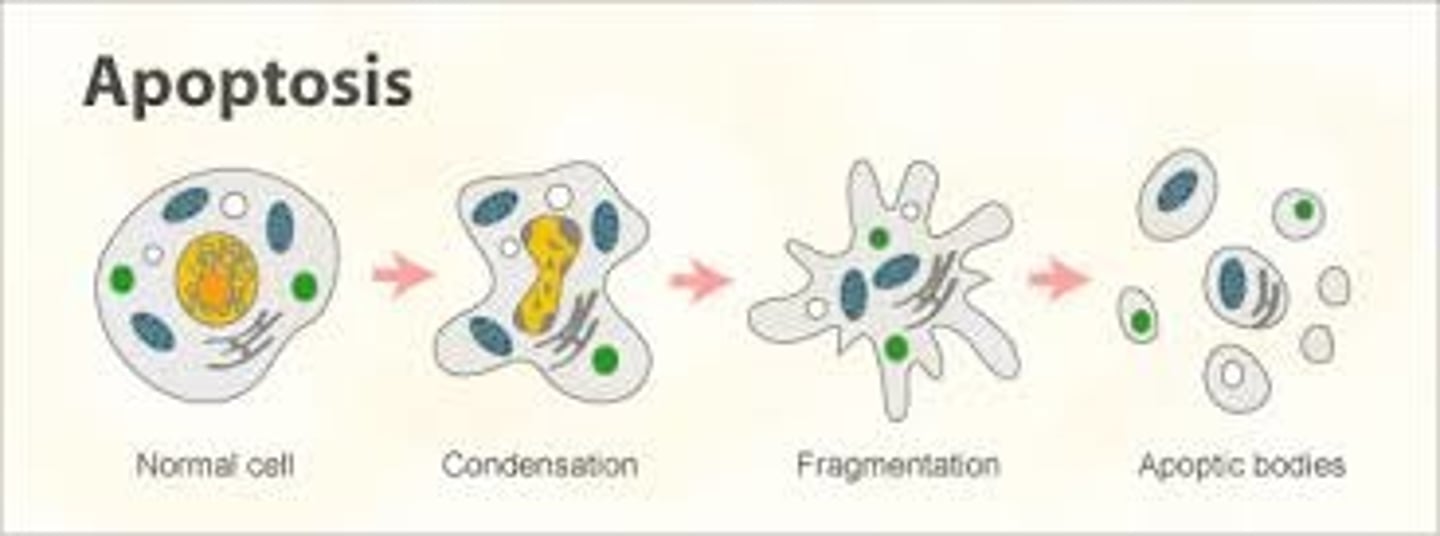
necrosis
untimely death of cells in response to injury or infection
membranes rupture
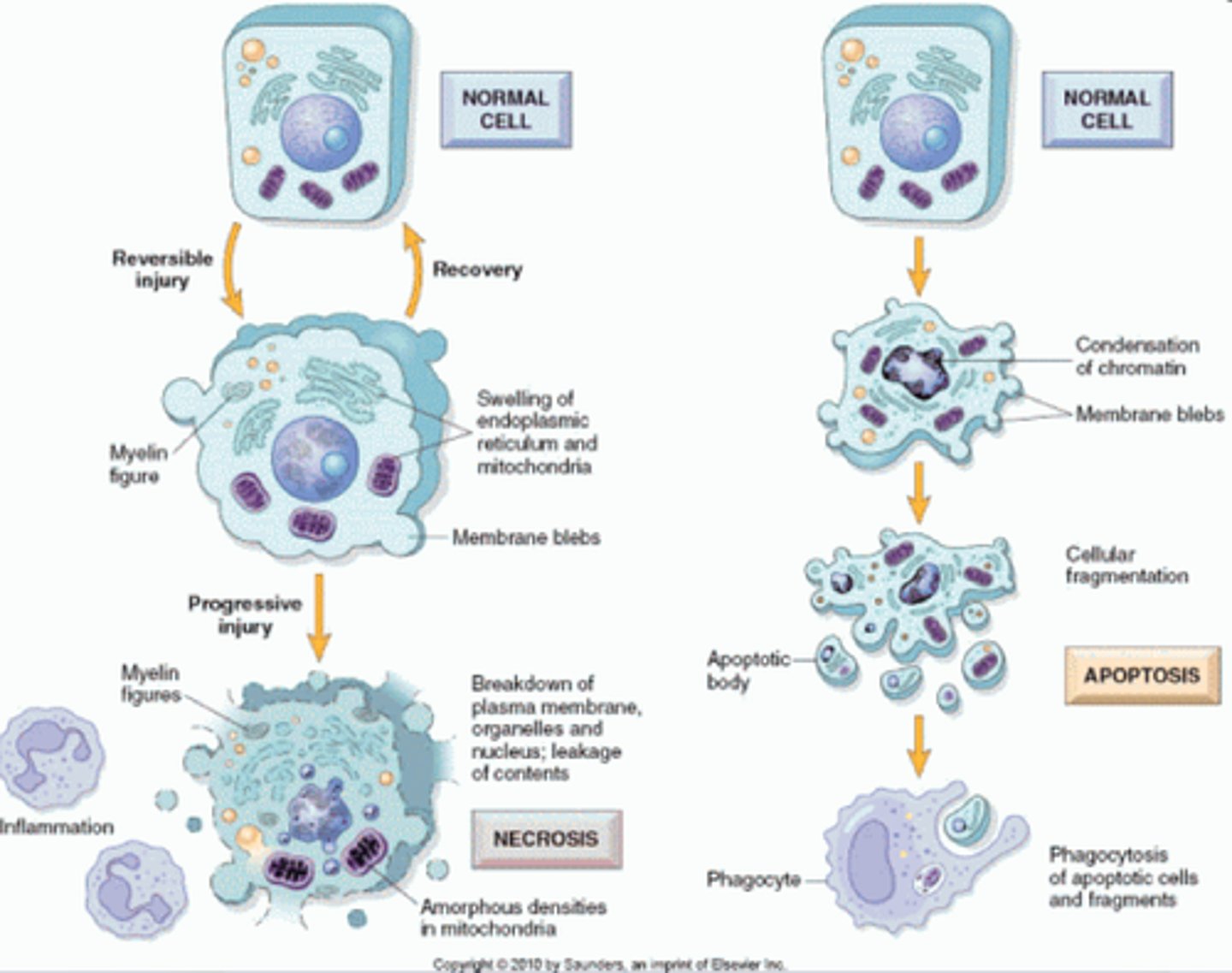
major elements that construct human biomolecules
H C N O
five chemical reactions occurring in living organisms
redox
c-c bonds
internal rearrangements
group transfers
condensation/hydrolysis
protein structure
amino acids joined together
nucleic acid structure
polymers of nucleotide monomers linked with 3',5'-phosphodiester bonds
nucleotide
combination of phosphate, nitrogenous base and five carbon sugar
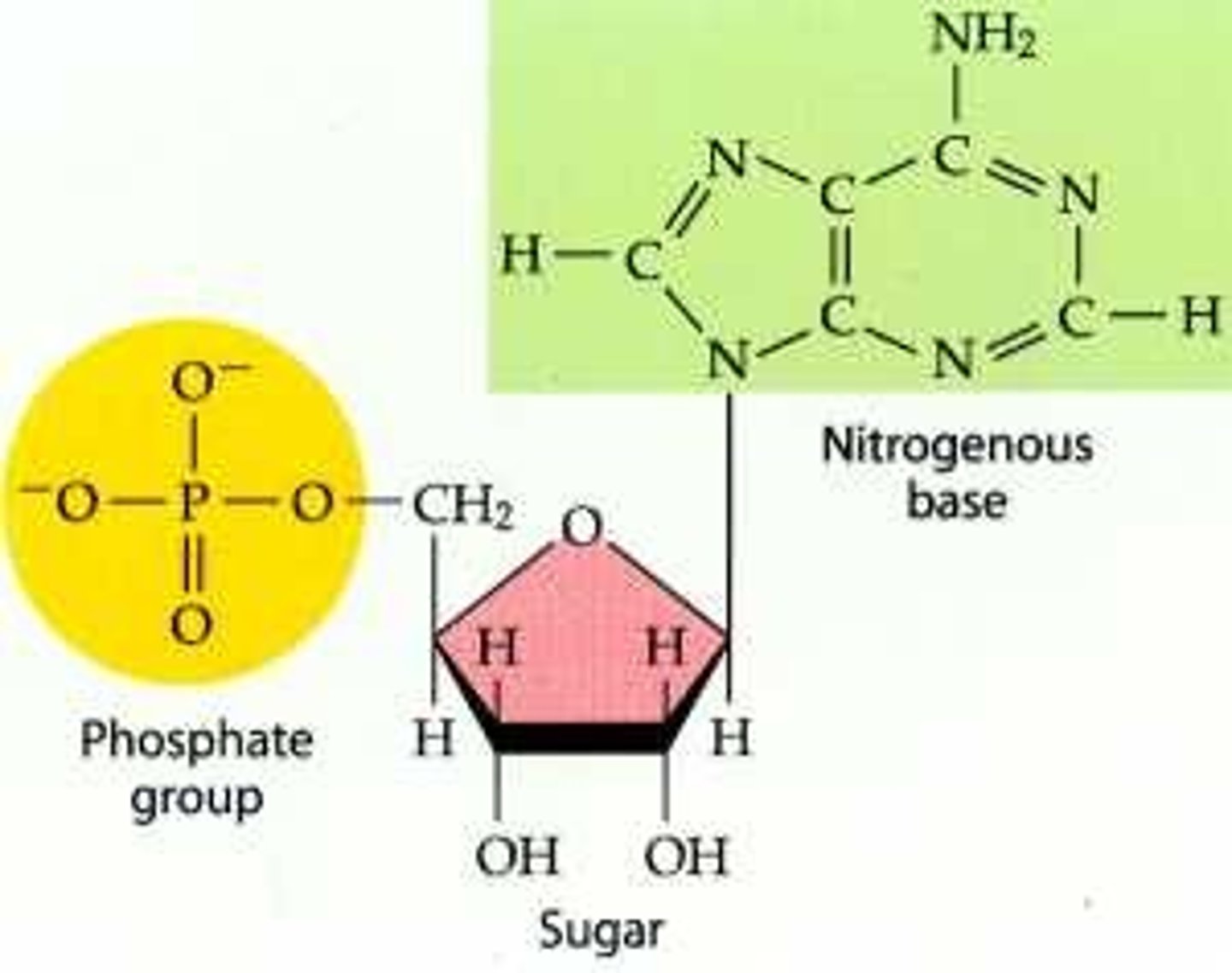
polysaccharide (carbohydrates) structure
monosaccharides (eg glucose) joined together
reaction that forms polysaccharides (eg glycogen)
condensation
glycerol
covalently bonds to fatty acids to make lipids

lipid structures
triacylglycerides, phospholipids, sterols
fatty acids joined together
triagylcerides (triglycerides/fats) structure
glycerol and 3 fatty acid chains
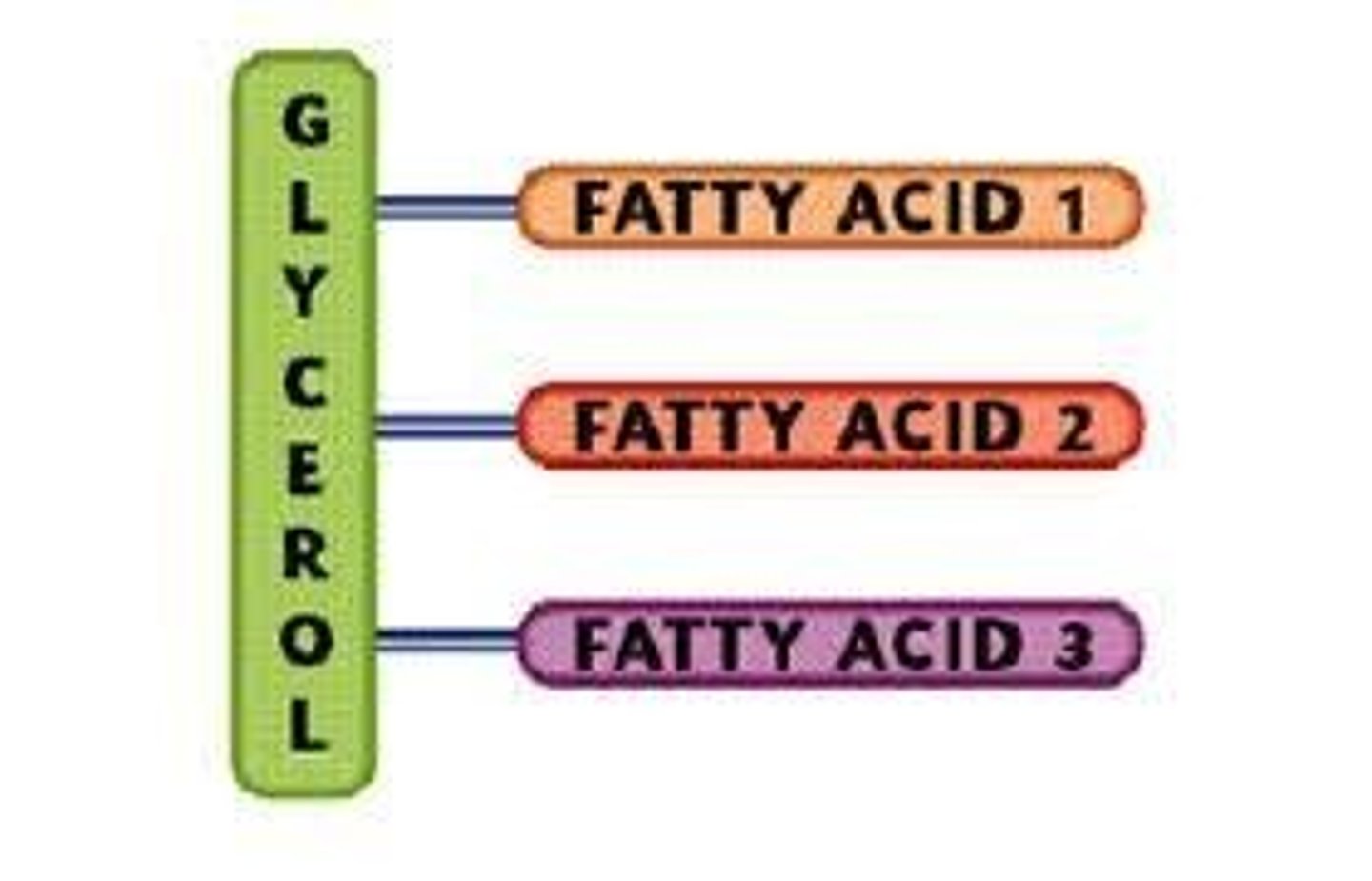
phospholipids strucure
glycerol and 2 fatty acid chains and phosphate
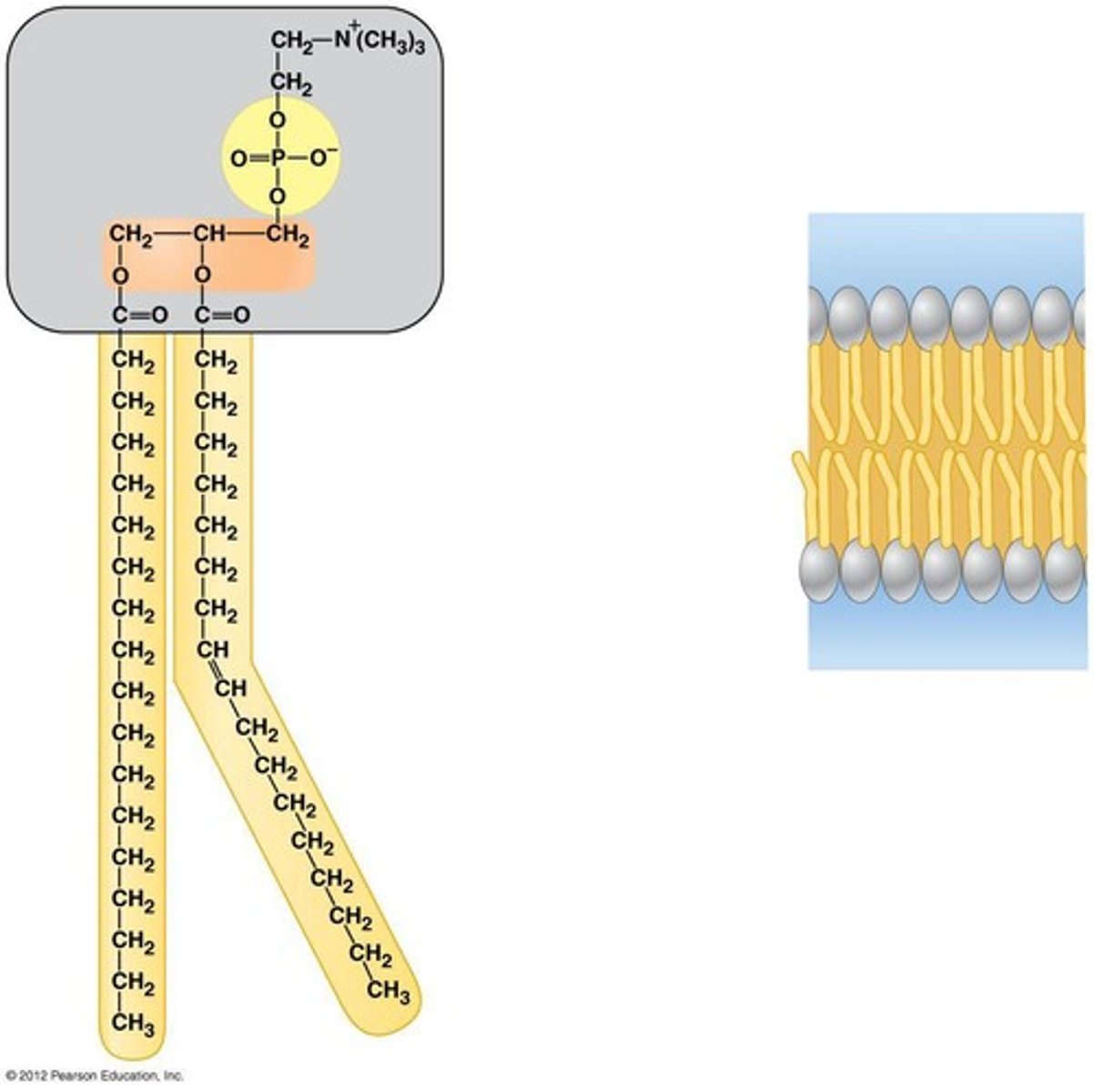
sterols structure
polar head steroid nucleus alkyl side chain
